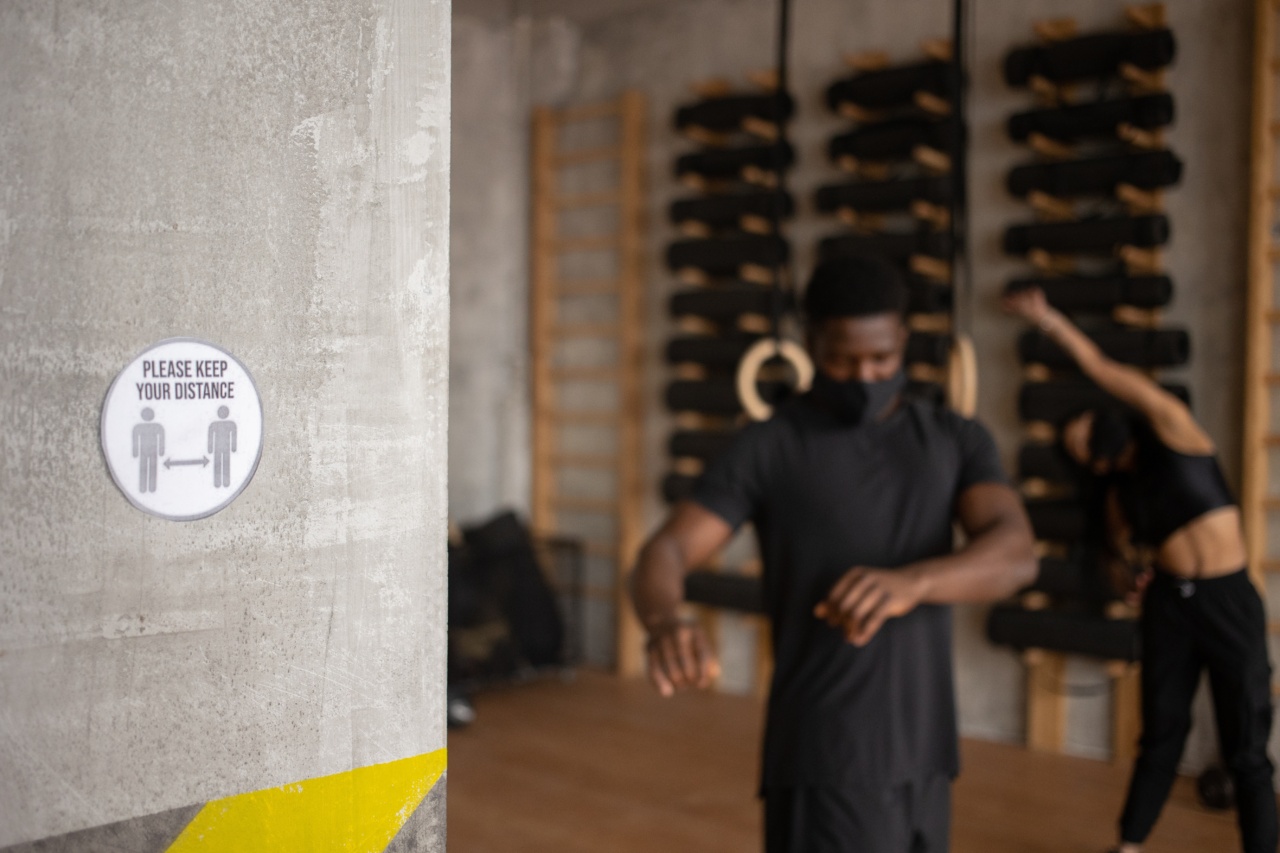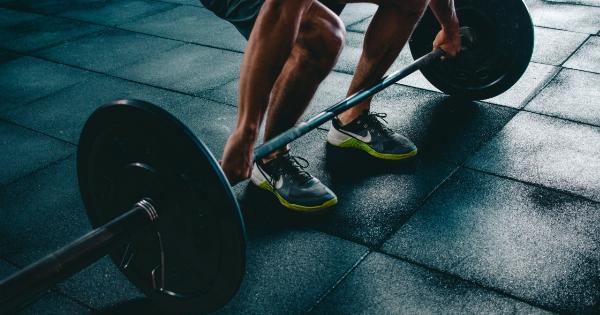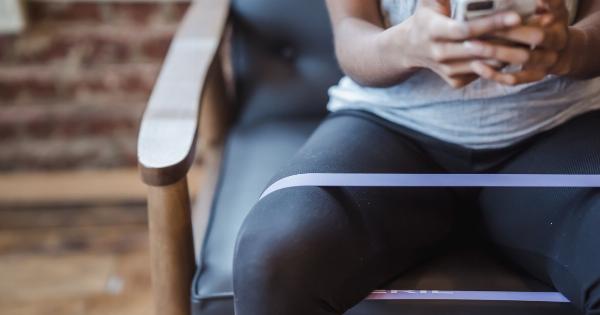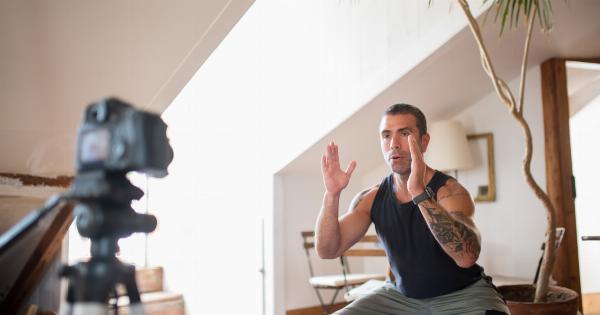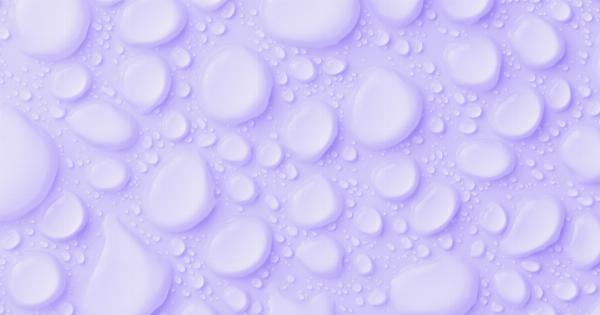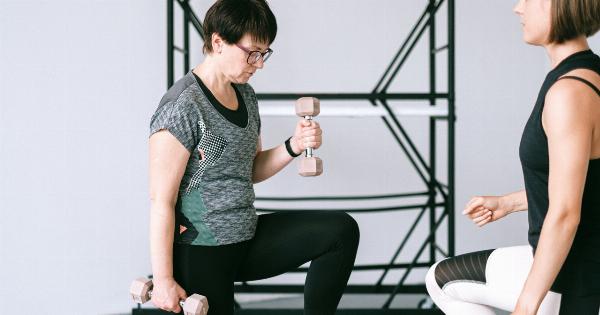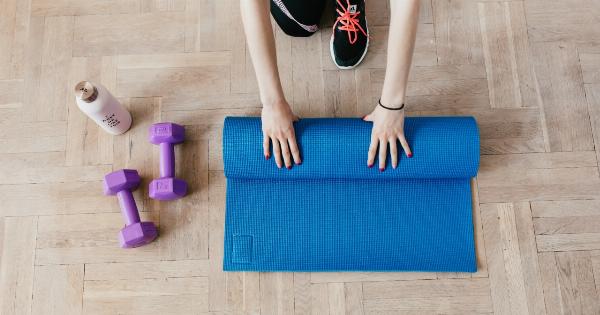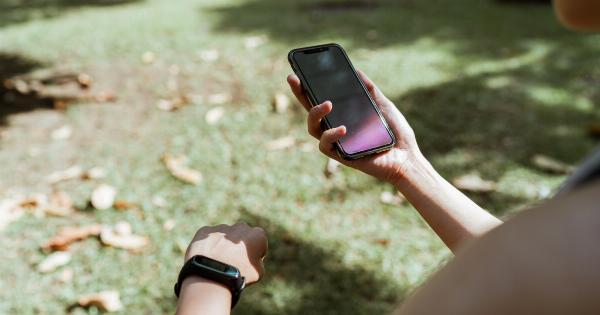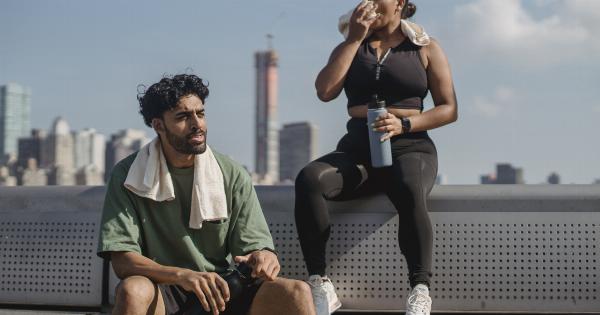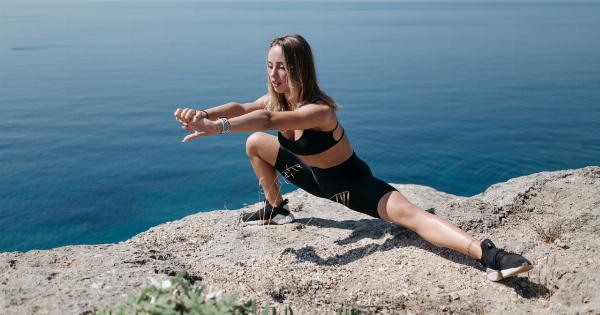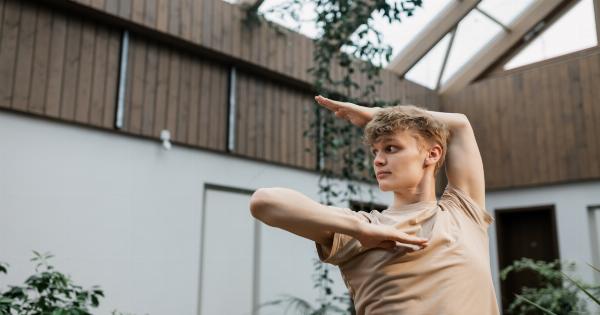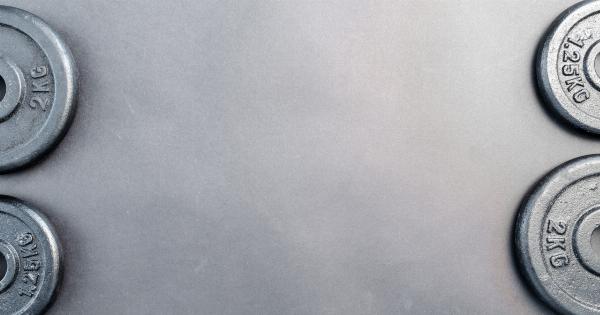Tight buttocks are every girl’s dream. Not only do they look good, but well-toned glutes are essential for a healthy body. In this article, we have compiled three easy workouts that you can do at home with no equipment to keep your buttocks tight.
1. Squats
Squats are a brilliant exercise for a toned butt. Stand with your feet hip-width apart, tighten your abs and slowly lower your butt towards the floor keeping your back straight. Make sure your knees do not go past your toes.
Hold the position for a couple of seconds before straightening your legs to the starting position. Repeat this workout 15-20 times in three sets.
2. Lunges
Lunges are another great workout for a lifted butt. Stand with your feet hip-width apart, take a big step forward and bend your front knee at a 90-degree angle. Your back knee should be hovering over the floor.
Hold this position for a few seconds and then straighten both legs. Repeat this for the other leg and alternate between both legs. Complete this workout for 15-20 times in three sets.
3. Glute Bridge
Glute bridge is a simple workout that targets the lower part of the glutes. Lie down on your back on the floor with your knees bent and your feet flat on the ground.
Place your arms at your sides and lift your hips towards the ceiling until your body forms a straight line from shoulders to knees. Squeeze your glutes at the top and bring your hips back down. Repeat this exercise 20-25 times in three sets.
By incorporating these three workouts in your daily routine, you will be able to keep your buttocks toned and lifted. Not only will it help you achieve your dream body, but it will also improve your overall health and fitness levels.
